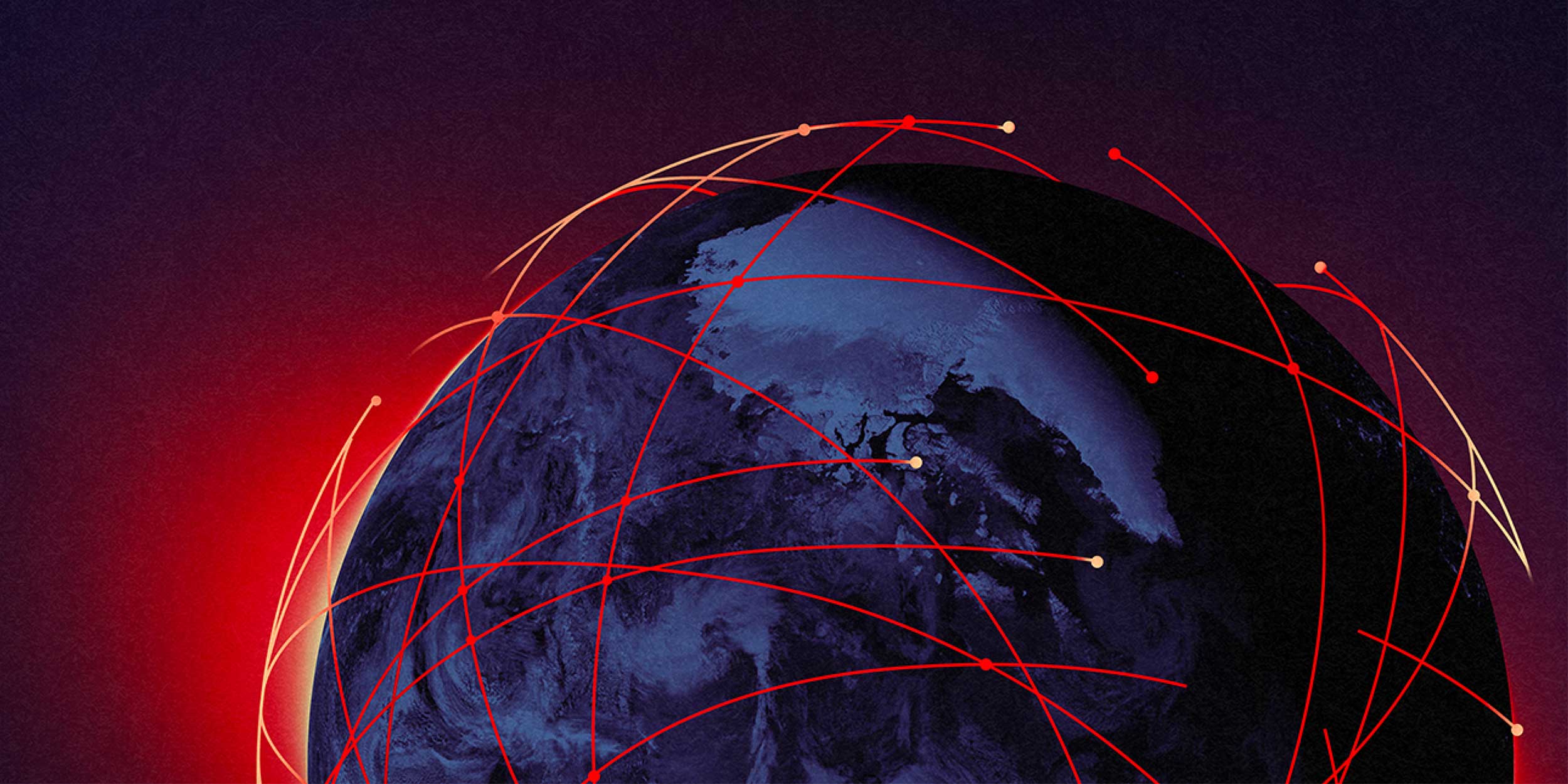The Global Risks Report 2023 - 18th Edition - Today's Crisis, Tomorrow's Catastrophes
Global risksReportJanuary 11, 20233 min read
The first years of this decade have heralded a particularly disruptive period in human history. The return to a “new normal” following the COVID-19 pandemic was quickly disrupted by the outbreak of war in Europe, ushering in a fresh series of crises in food and energy – problems that decades of progress had sought to solve.
As 2023 begins, the world is facing a set of risks that feel both wholly new and eerily familiar. We have seen a return of “older” risks – inflation, cost-of-living crises, widespread social unrest, geopolitical confrontation and the spectre of nuclear warfare – which few of this generation’s business leaders and public policy-makers have experienced. These are being amplified by comparatively new developments in the global risks landscape, including unsustainable levels of debt, rapid and unconstrained development of dual-use (civilian and military) technologies, and the growing pressure of climate change impacts and ambitions in an ever-shrinking window for transition to a 1.5°C world. Together, these are converging to shape a unique, uncertain and turbulent decade to come.
Three evolving risks every organization should know about
The world will almost certainly be a different place in ten years. But these three risks are demanding our attention.
The Global Risks Report 2023, developed by the World Economic Forum in collaboration with Zurich and Marsh McLennan, presents the results of the latest Global Risks Perception Survey (GRPS) and analyses severe, newly-emerging and rapidly changing risks that the world is likely to face over the next 10 years. We use three time frames for understanding global risks. Chapter 1 considers the mounting impact of current crises (i.e. global risks which are already unfolding) on the most severe global risks that many expect to play out over the short term (two years). Chapter 2 considers a selection of risks that are likely to be most severe in the long term (10 years), exploring newly emerging or rapidly accelerating economic, environmental, societal, geopolitical and technological risks that could become tomorrow’s crises. Chapter 3 imagines mid-term futures, exploring how connections between the emerging risks outlined in previous sections may collectively evolve into a “polycrisis” centered around natural resource shortages by 2030. The report concludes by considering perceptions of the comparative state of preparedness for these risks and highlighting key enablers to charting a course to a more resilient world.








